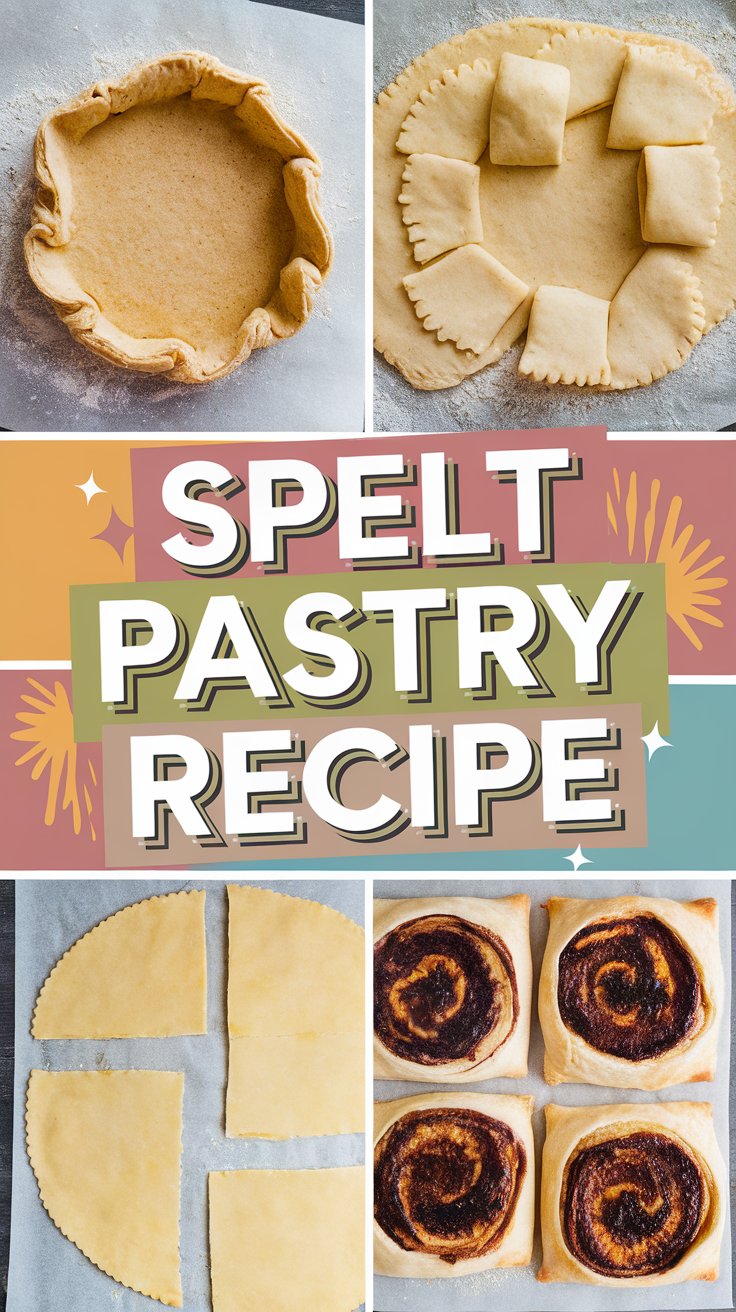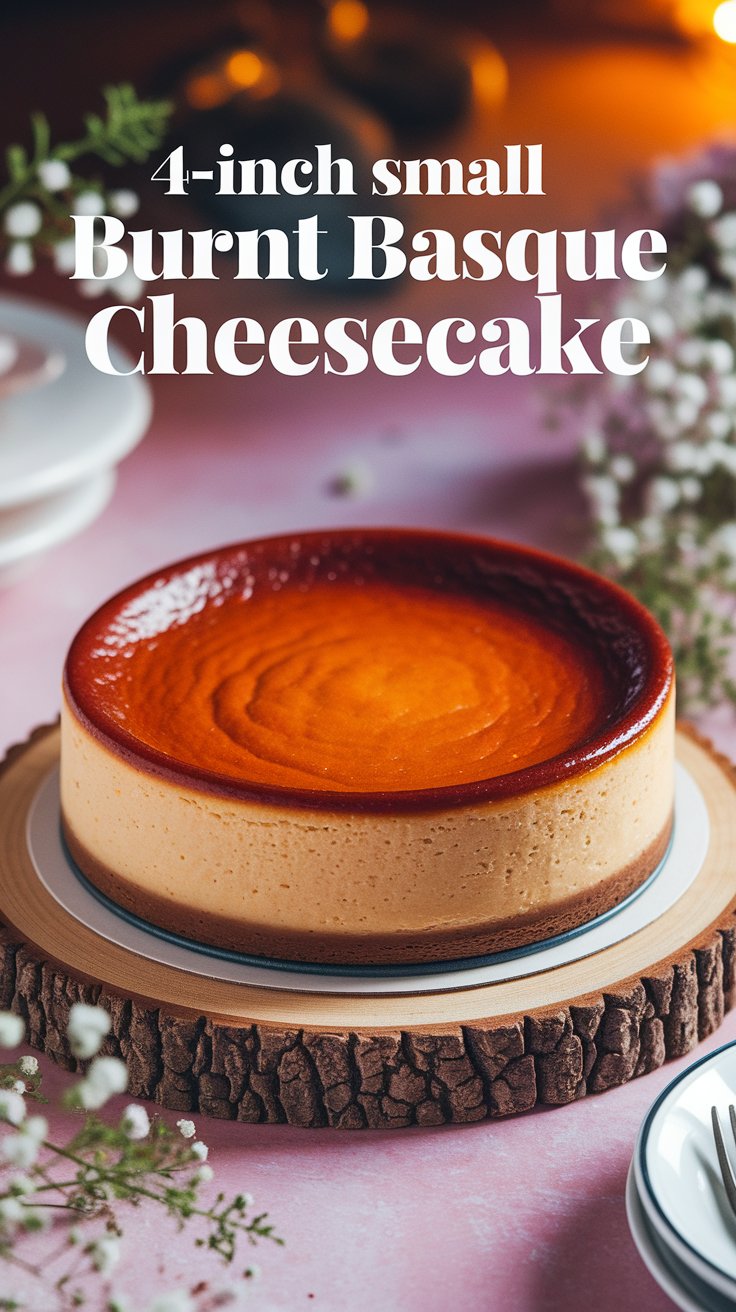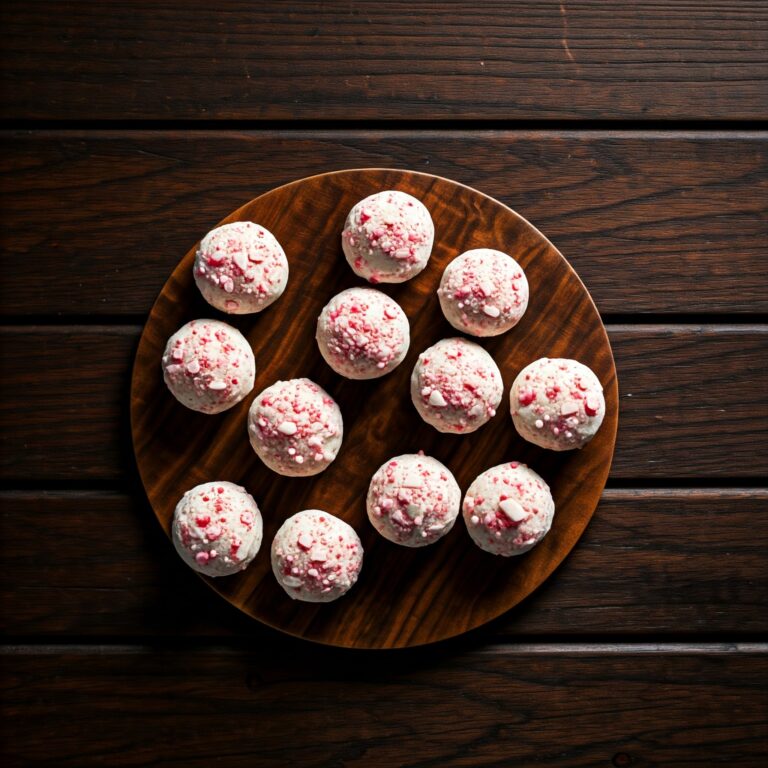The Cozy Charm of Spelt Pastry: A Recipe That Feels Like a Warm Hug

There’s something magical about the smell of buttery pastry wafting through the kitchen. But what if I told you you could make that magic even better—with a nutty wholesome twist? Enter spelt flour the ancient grain that’s about to become your pastry’s best friend. Let’s bake like our ancestors did but with a modern flair.
Why Spelt Flour? A Little Backstory
Spelt isn’t just a trendy “health food” ingredient—it’s a heritage grain with a rich slightly sweet flavor and a tender crumb. Unlike modern wheat spelt retains more protein fiber and minerals like magnesium and iron. But here’s the kicker: its gluten is more fragile making it easier to digest for some (though not suitable for celiacs). Plus it lends pastries a rustic nutty depth that’ll have people asking “What’s your secret?”
Spelt Pastry Recipe: Flaky Buttery and Foolproof
This recipe is my go-to for pies tarts or even savory hand pies. It’s forgiving flavorful and comes together like a dream—if you respect spelt’s quirks.
Ingredients
- 240g (2 cups) spelt flour – Lightly spooned into the measuring cup to avoid dense dough.
- 115g (1/2 cup) cold unsalted butter – Cubed. Don’t skimp on quality—it’s half the flavor!
- 1/2 tsp fine sea salt
- 60-90ml (1/4 to 1/3 cup) ice water – Spelt absorbs liquid faster so start slow.
- 1 tsp apple cider vinegar (optional) – A pro tip for extra tenderness.
Step-by-Step Instructions
1. Cut the Butter Like You Mean It
In a large bowl combine spelt flour and salt. Add cold butter cubes and use a pastry cutter (or your fingertips) to work it into the flour until the mixture resembles pea-sized crumbs. Don’t overdo it—those butter flecks are what create flaky layers.
Pro Tip: Freeze the butter for 10 minutes beforehand. Cold butter = flakier pastry. Trust me.
2. Hydrate with Care
Drizzle in ice water 1 tablespoon at a time mixing with a fork until the dough just comes together. Spelt needs less water than regular flour—stop when the dough holds its shape when pinched. Add vinegar now if using.
Pro Tip: Too sticky? Add a sprinkle of flour. Too crumbly? Spritz with water. Adjustments are your friend.
3. Chill Out (Seriously Do It)
Shape the dough into a disk wrap in parchment paper and refrigerate for at least 30 minutes. This relaxes the gluten and firms up the butter—critical for easy rolling.
Pro Tip: No time to chill? Pop the dough in the freezer for 15 minutes. It’s a lifesaver for impatient bakers.
4. Roll with Confidence
Lightly flour a surface (spelt loves to stick). Roll the dough into a 12-inch circle rotating it occasionally to prevent sticking. Gentle hands here—spelt is delicate!
Pro Tip: Roll between two sheets of parchment paper. Zero sticking zero stress.
5. Bake with Purpose
Use this pastry for sweet or savory recipes. For blind baking prick the base with a fork line with parchment fill with pie weights and bake at 190°C (375°F) for 15-20 minutes.
Spelt Pastry Variations: Play with Flavor
- Savory Spin: Add 1 tsp dried thyme or rosemary to the flour. Perfect for quiches.
- Sweet Twist: Mix 1 tbsp sugar into the flour. Ideal for fruit galettes.
- Cheesy Crust: Fold 50g grated Parmesan into the dough. Game-changer for pot pies.
Common Mistakes to Avoid
- Overworking the dough: Spelt’s low gluten means tenderness is key. Handle it like a fragile heirloom.
- Skipping the chill: Warm dough = tough pastry. Patience pays.
- Using warm butter: If your kitchen is hot work quickly or chill your tools.
Storing Your Spelt Pastry
Wrap unbaked dough tightly and refrigerate for 3 days or freeze for 3 months. Baked pastry stays crisp in an airtight container for 2 days—though let’s be real it’ll vanish faster.
Final Thought:
Spelt pastry isn’t just a recipe—it’s a conversation starter. It whispers “I care about what I bake” without shouting. So next time you’re craving a buttery crust give spelt a chance. It’s like meeting an old friend you never knew you had.






